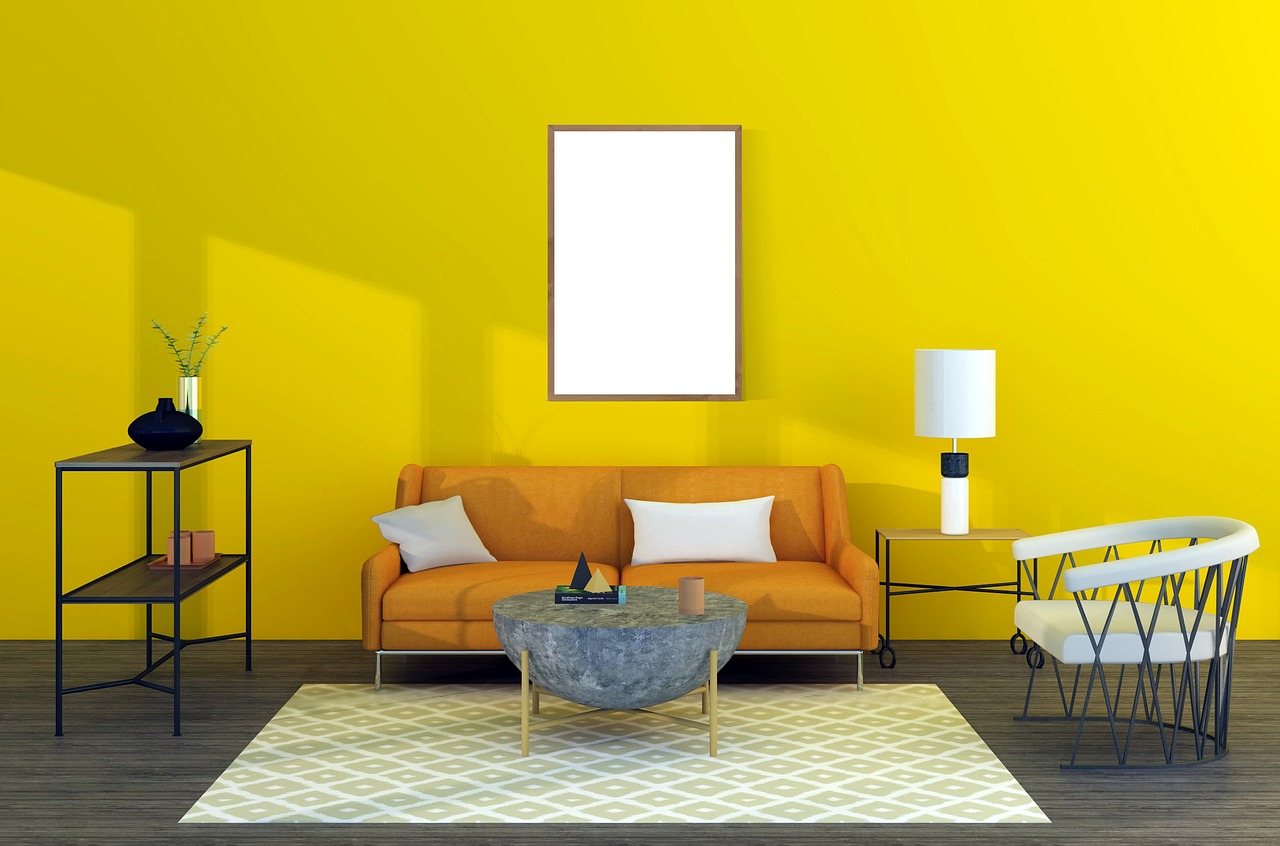

For example: red, orange, yellow, and red-purple are warm colors, while blue, purple, green, and blue-green are cool colors. Warm colors are those that resemble or symbolize heat, while cool colors are attributed to ice and cooler temperatures. Toned colors tend to be viewed as more sophisticated than pure hues. The gray added to make a tone must only consist of black and white, no other colors (many colors that are considered gray actually have a base that is a hue). This is very similar to tint and shade, but instead of being a hue with white or black added to it, it is a hue with only gray added. An easy way to remember this one is to think of how the grass in the shade of a tree seems darker than the grass in the sun. It can include varying amounts of black, and the resulting color may be barely darker than the original hue, or it may be almost black. A shade is a hue with only black added to it. Sometimes a tint can seem brighter than the original hue, but it is just a paler version.

A tint can range from a hue barely lighter than the original to almost white with a tiny amount of color in it. It is a hue that has only white added to it. A tint is a lighter version of a given hue. It is the base of the color and is always one of the six primary and secondary colors on the color wheel. In contrast, “hue” refers to the origin of the color we see. In general, “color” refers to all colors, including black, white, and gray. However, they actually mean different things. The terms color and hue are often used interchangeably by artists and designers. Let’s introduce you to the basic terms most used in the chromatic world. A general comprehension of color terminology will be helpful, both here and in the future of your business. Like any area of study, the world of art, design, and color is rife with technical language. Tertiary colors highlighted on a color wheel Color terminology Tertiary colors are found in between all of the primary colors and secondary colors.

Tertiary colors come from mixing one of the primary colors with one of the nearest secondary colors. Secondary colors highlighted on a color wheel Mixing equal parts of any two of the primary colors results in the creation of secondary colors. Primary colors highlighted on a color wheel These three colors are essentially the parents of all the other colors. The three primary colors are red, blue, and yellow. How does the color wheel work?Ī simple color wheel consists of 12 color hues arranged around a central hub.Ī color wheel consisting of primary, secondary, and tertiary colorsĪll colors come from some combination of primary colors.

Grasping the fundamentals of the color wheel will help significantly in your color combo choices, especially if you’re not well-versed in the universe of color theory. Whether it was in elementary school or the last time you used Photoshop, most of us have seen a version of the color wheel at some point. The history of this essential guide for artists and designers goes back to the early 1700s. Let’s start by reintroducing the visual representation of the relationships of color hues: the color wheel. Both cultural differences and individual experiences can shape how people feel in response to certain colors.Before we start picking out color combinations, it’s a good idea to have a basic understanding of colors, color terminology, how colors work together, emotional connections to colors, and the role colors play in creating a reaction. How does yellow make you feel? Do you associate yellow with certain qualities or situations? Remember that the associations people have with colors are not necessarily universal.


 0 kommentar(er)
0 kommentar(er)
